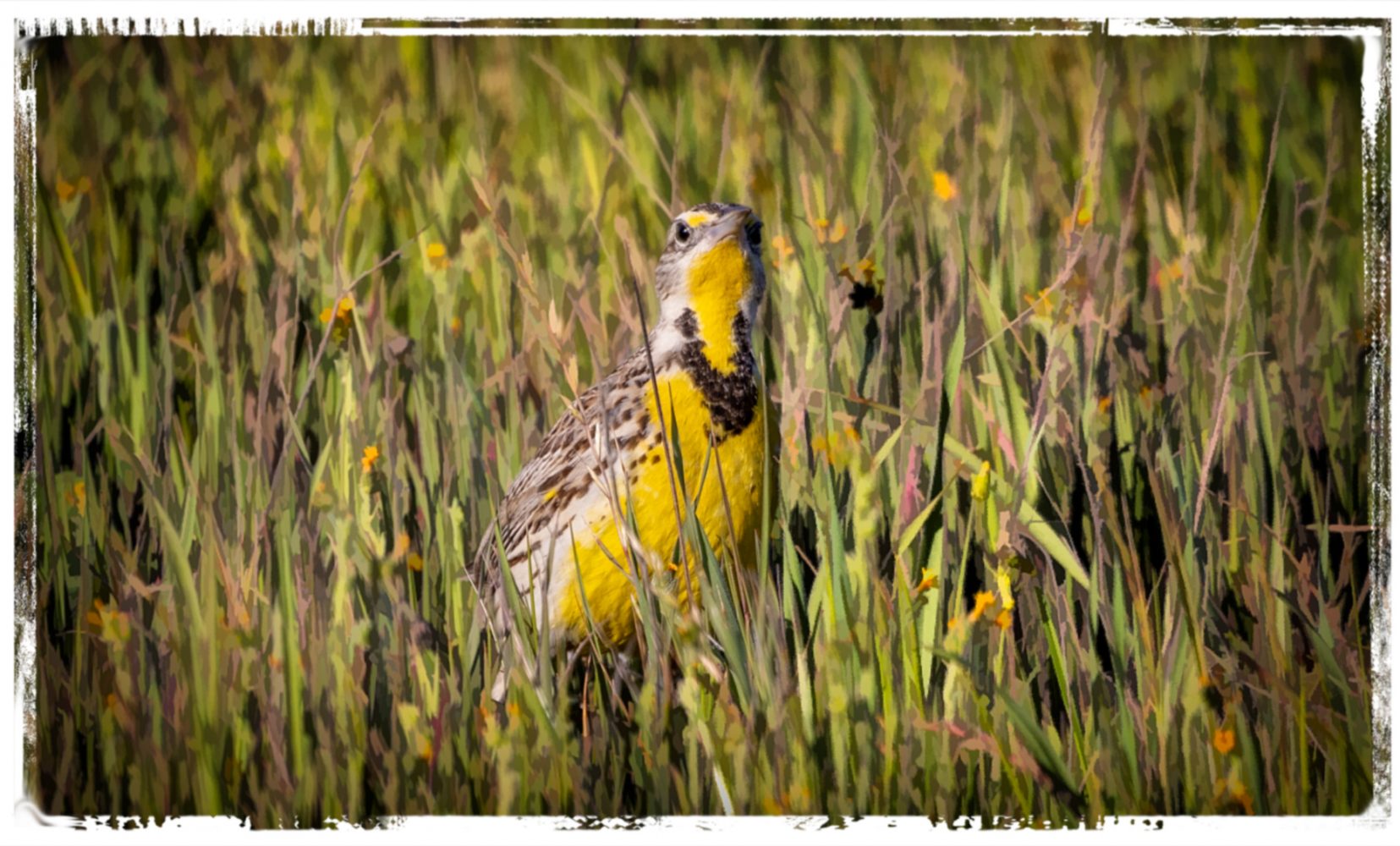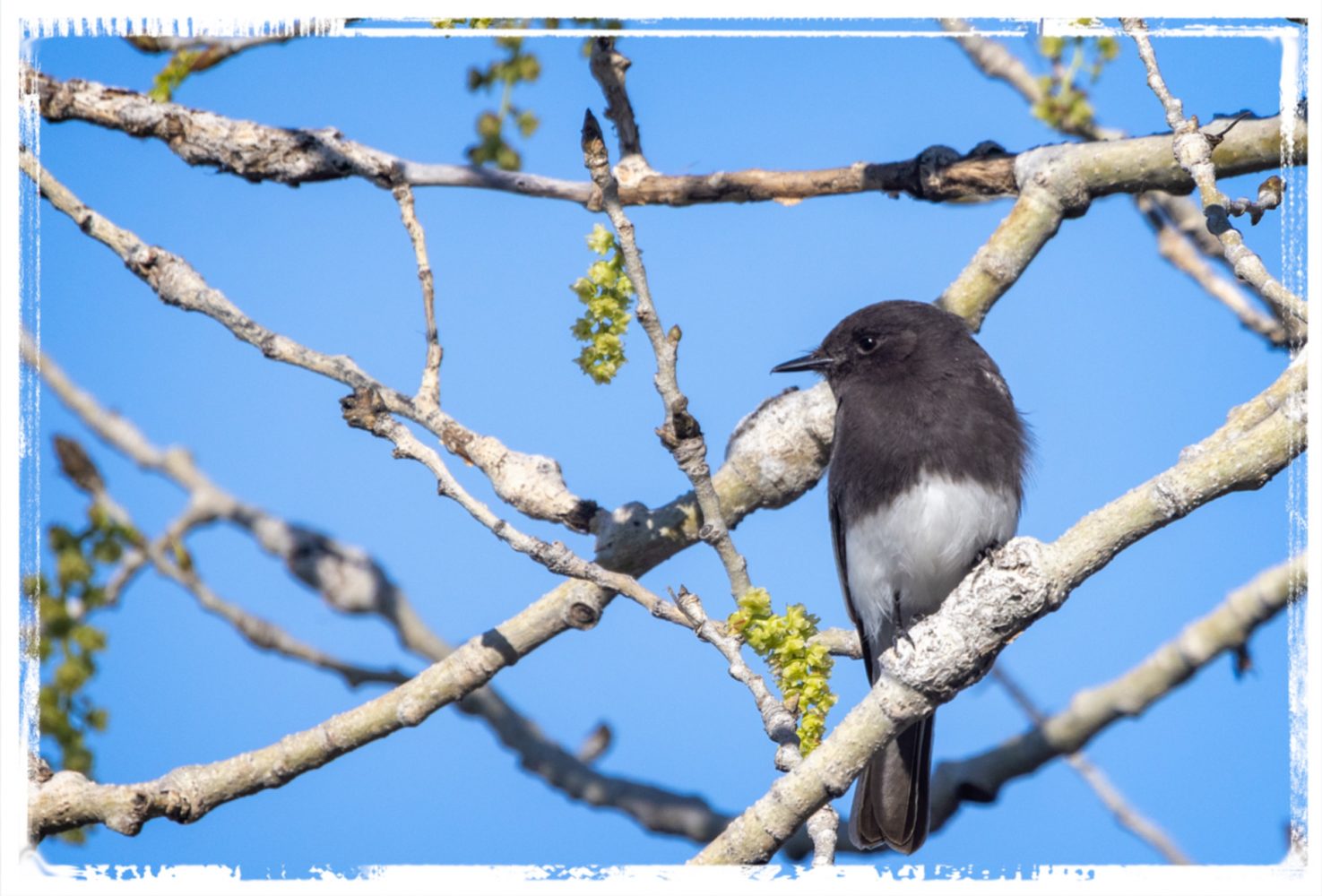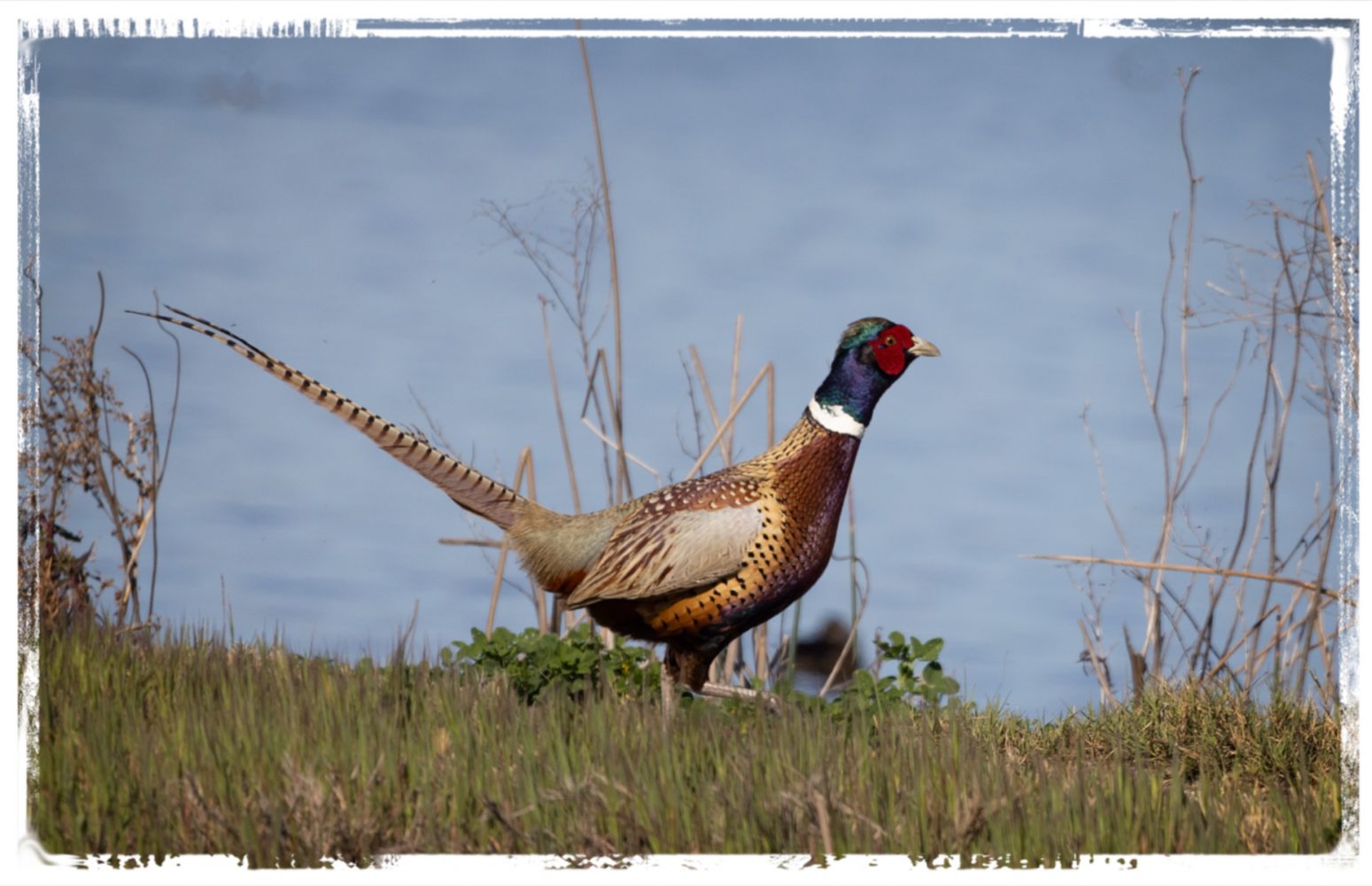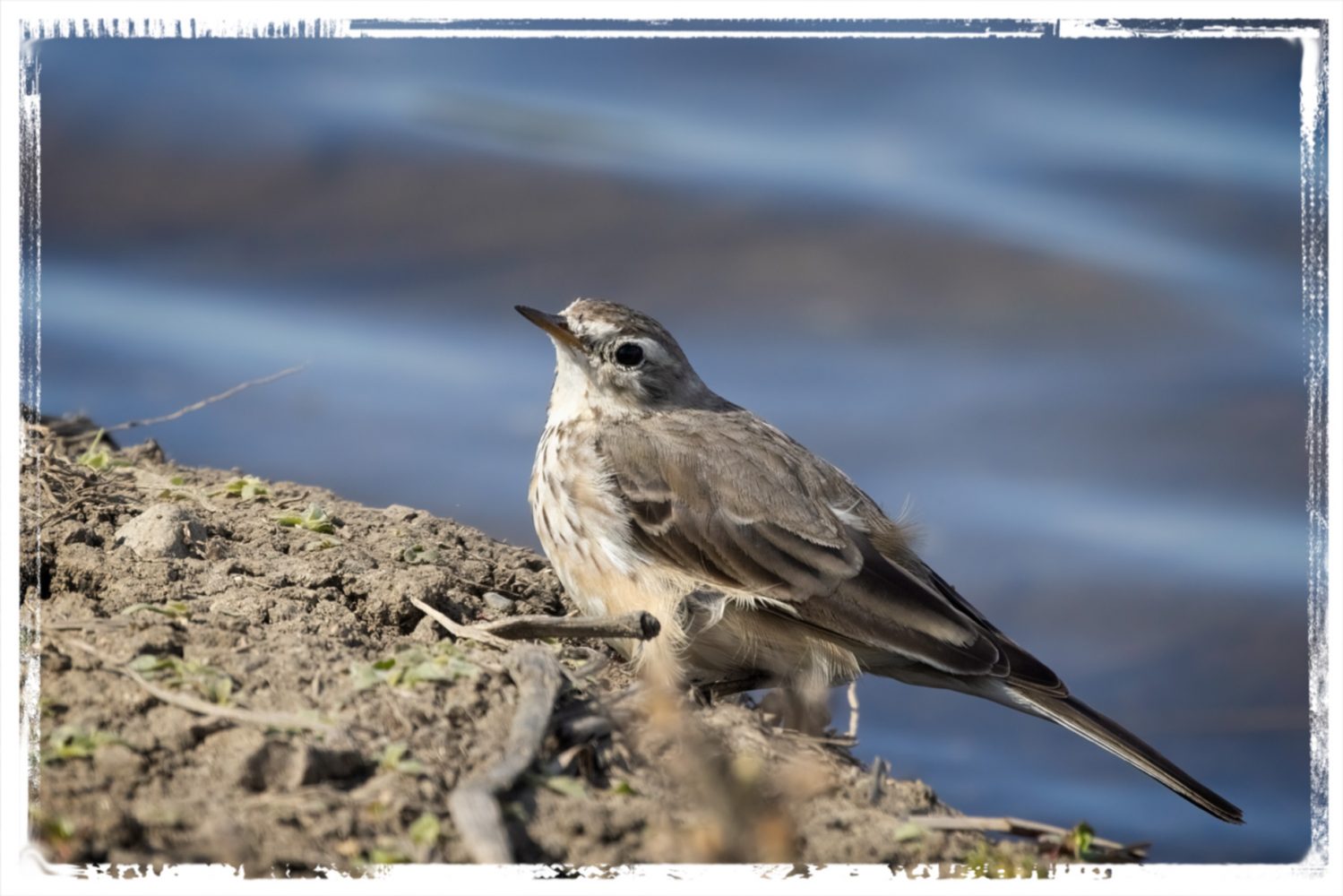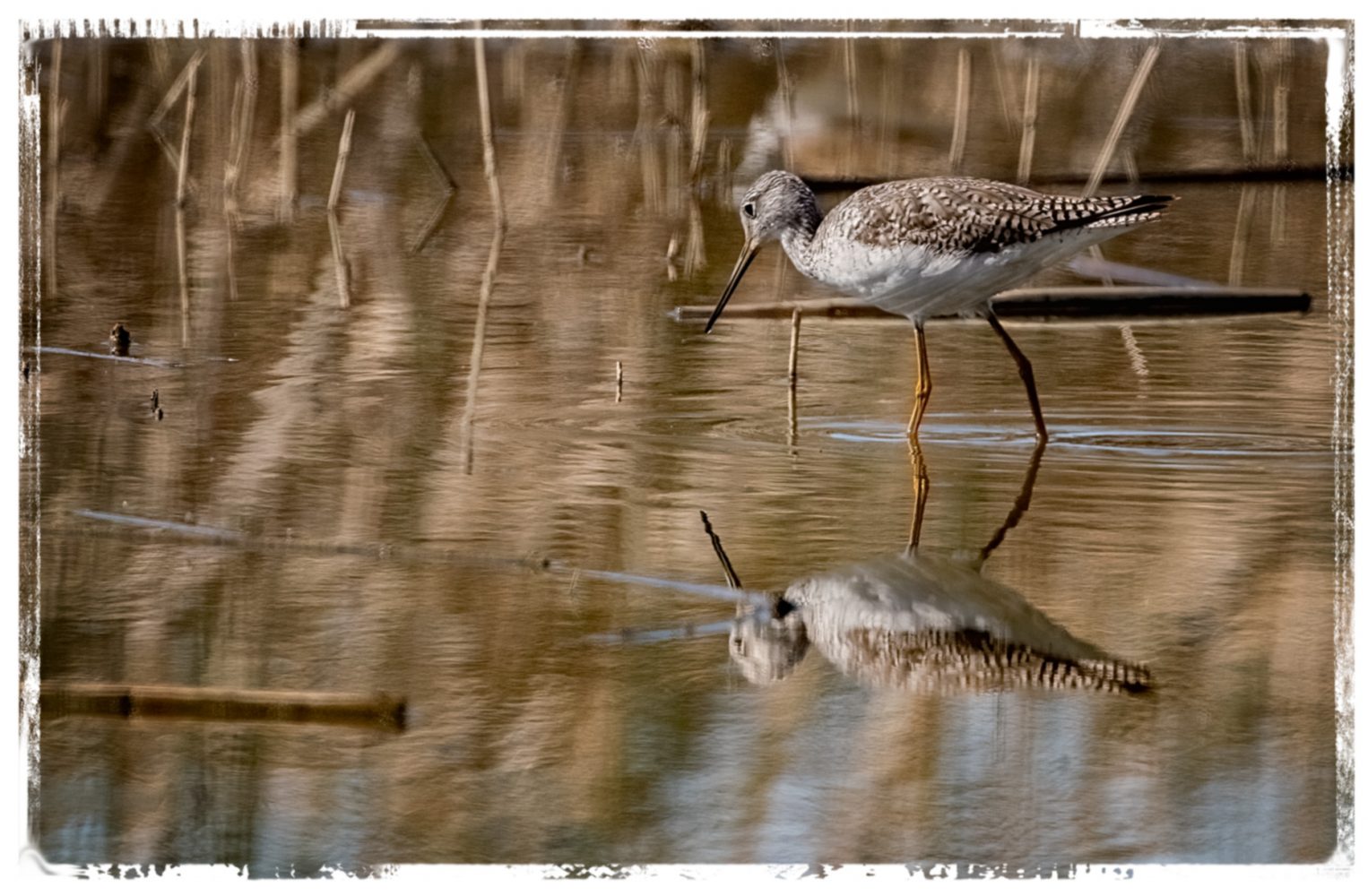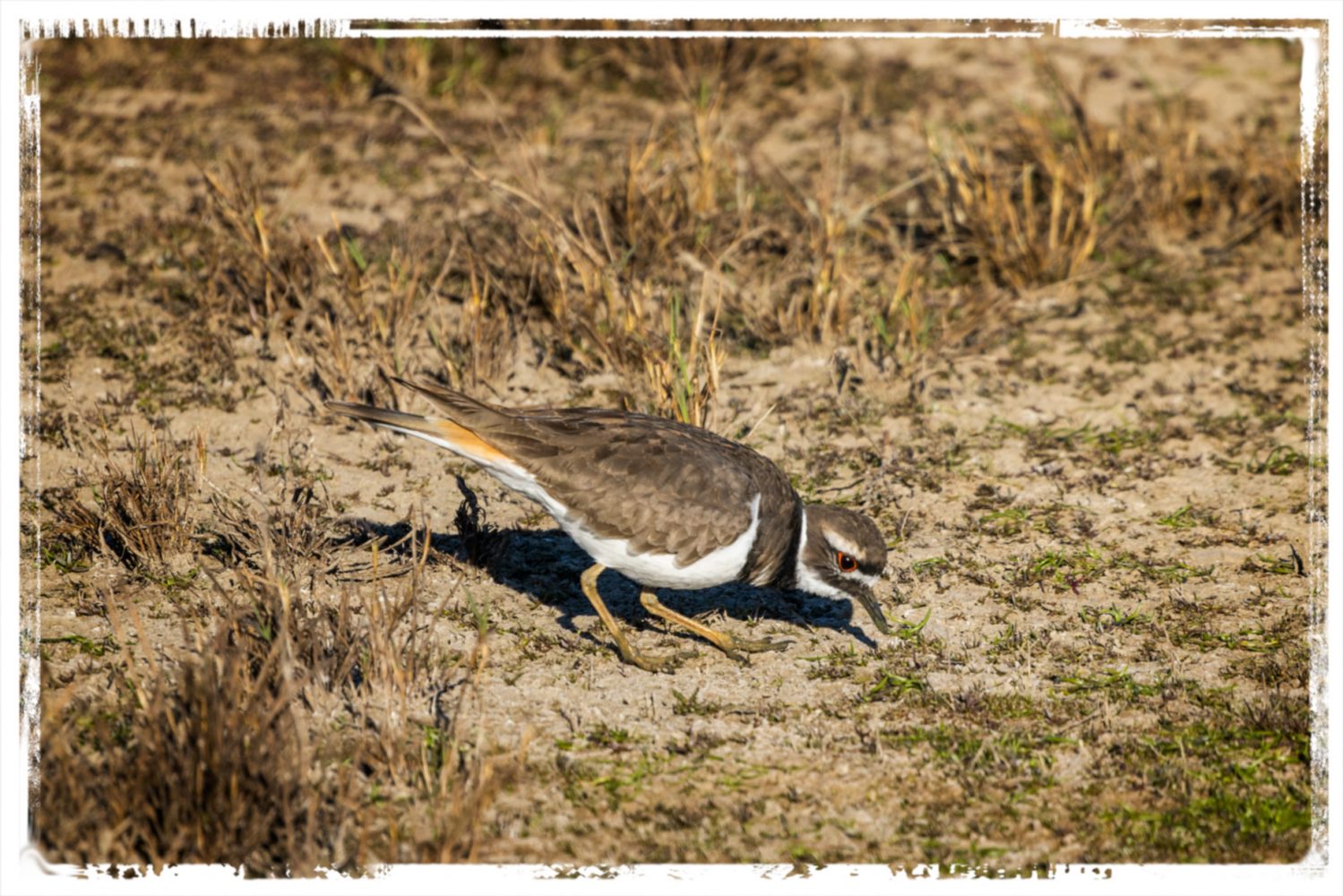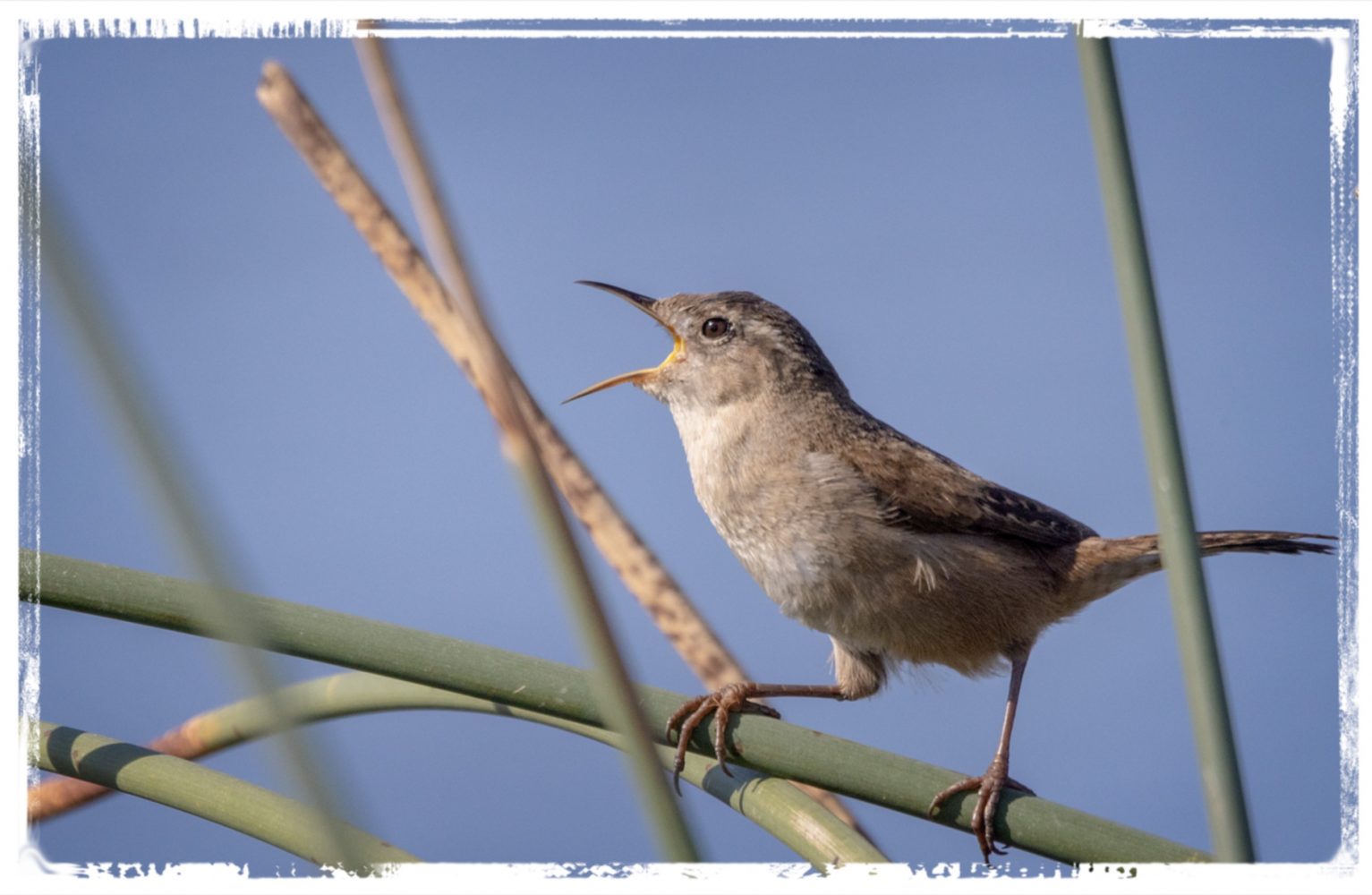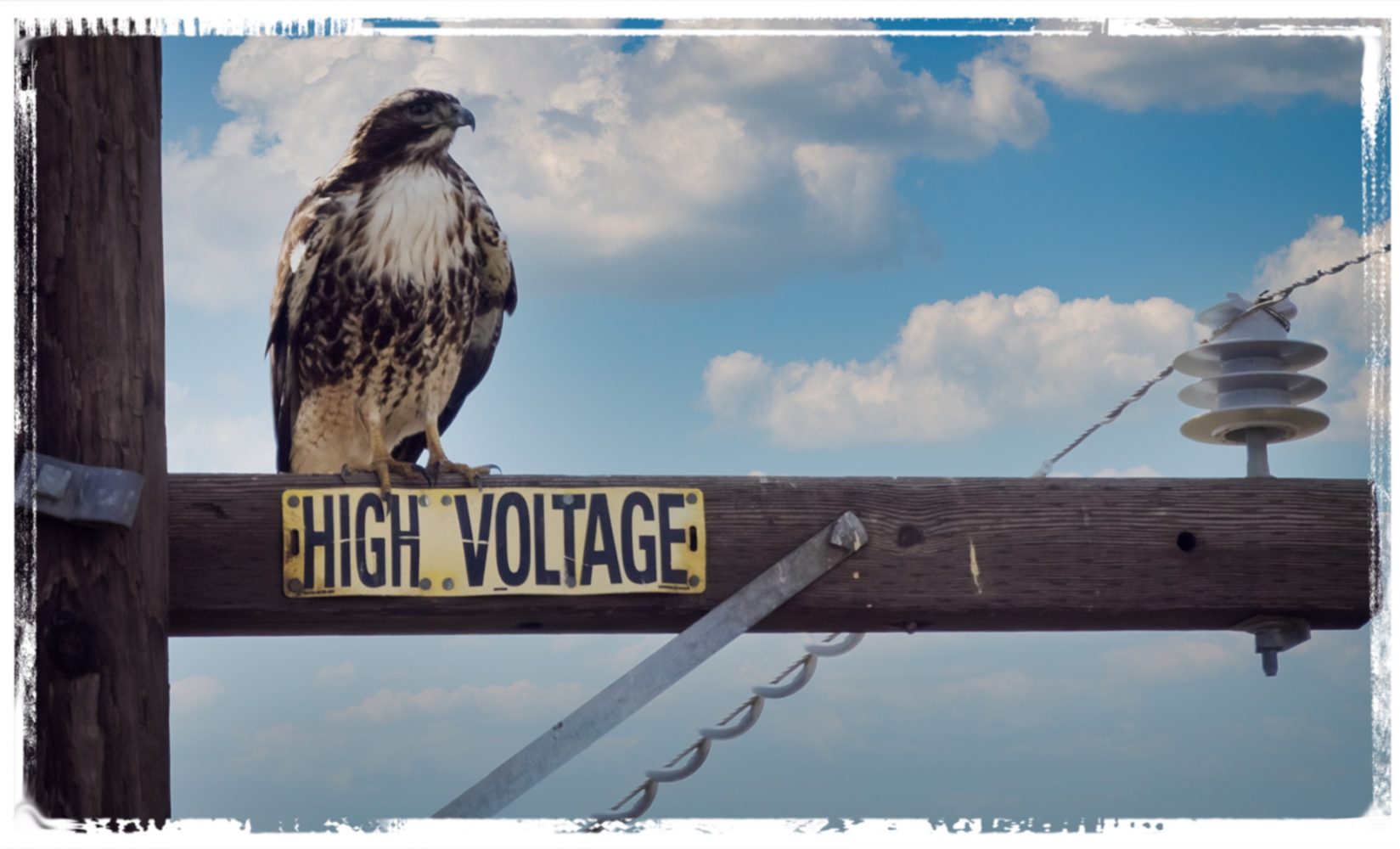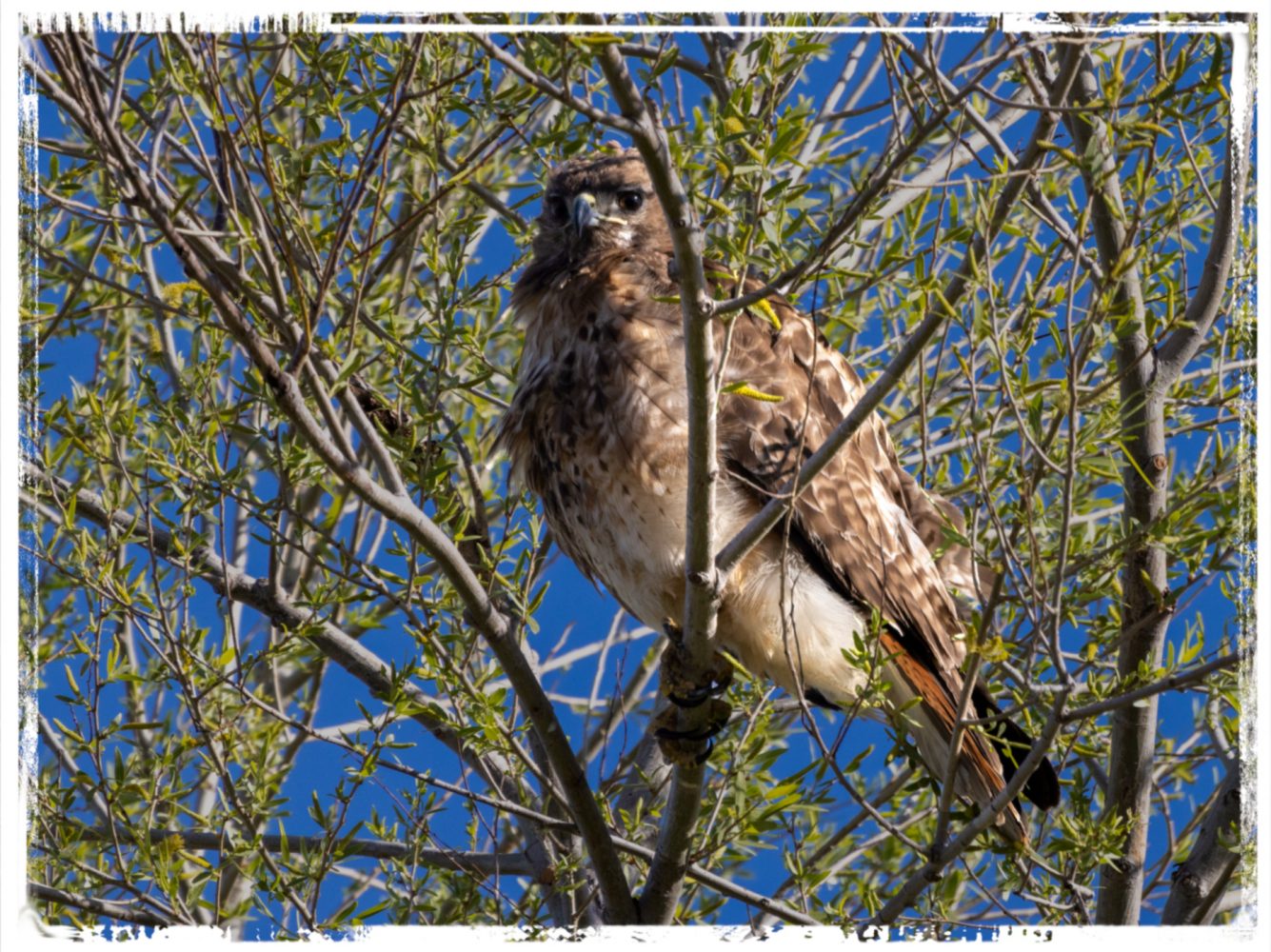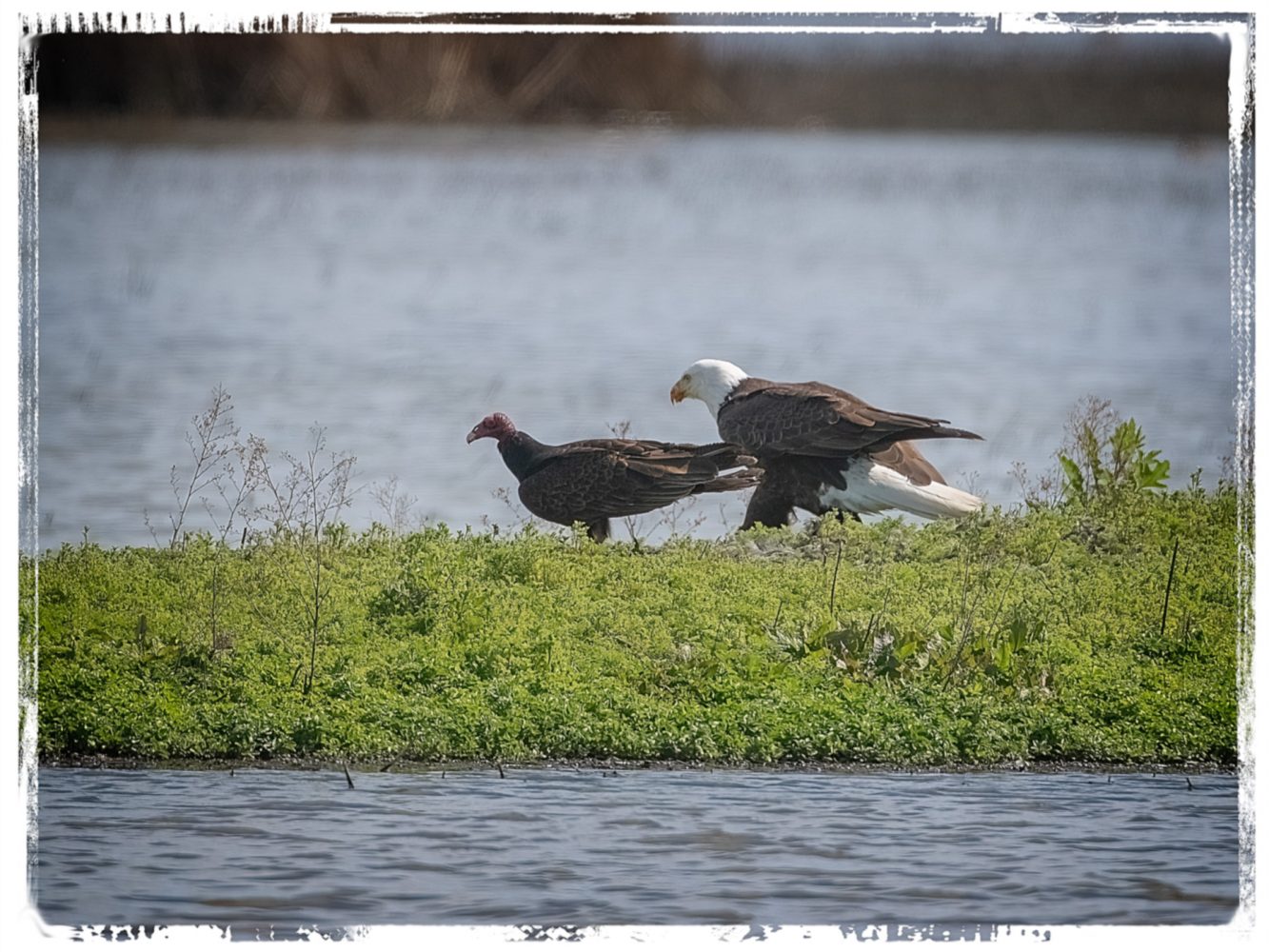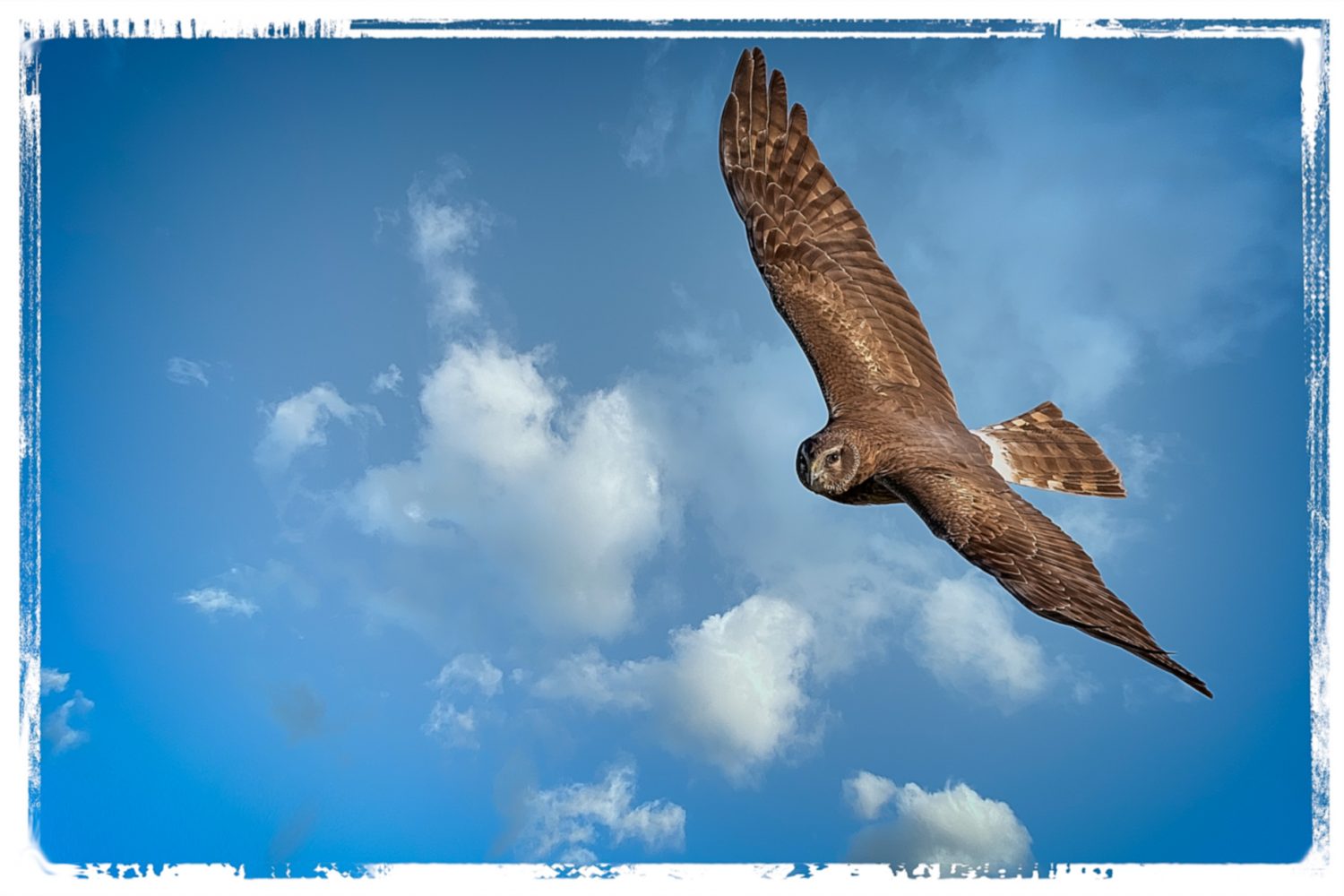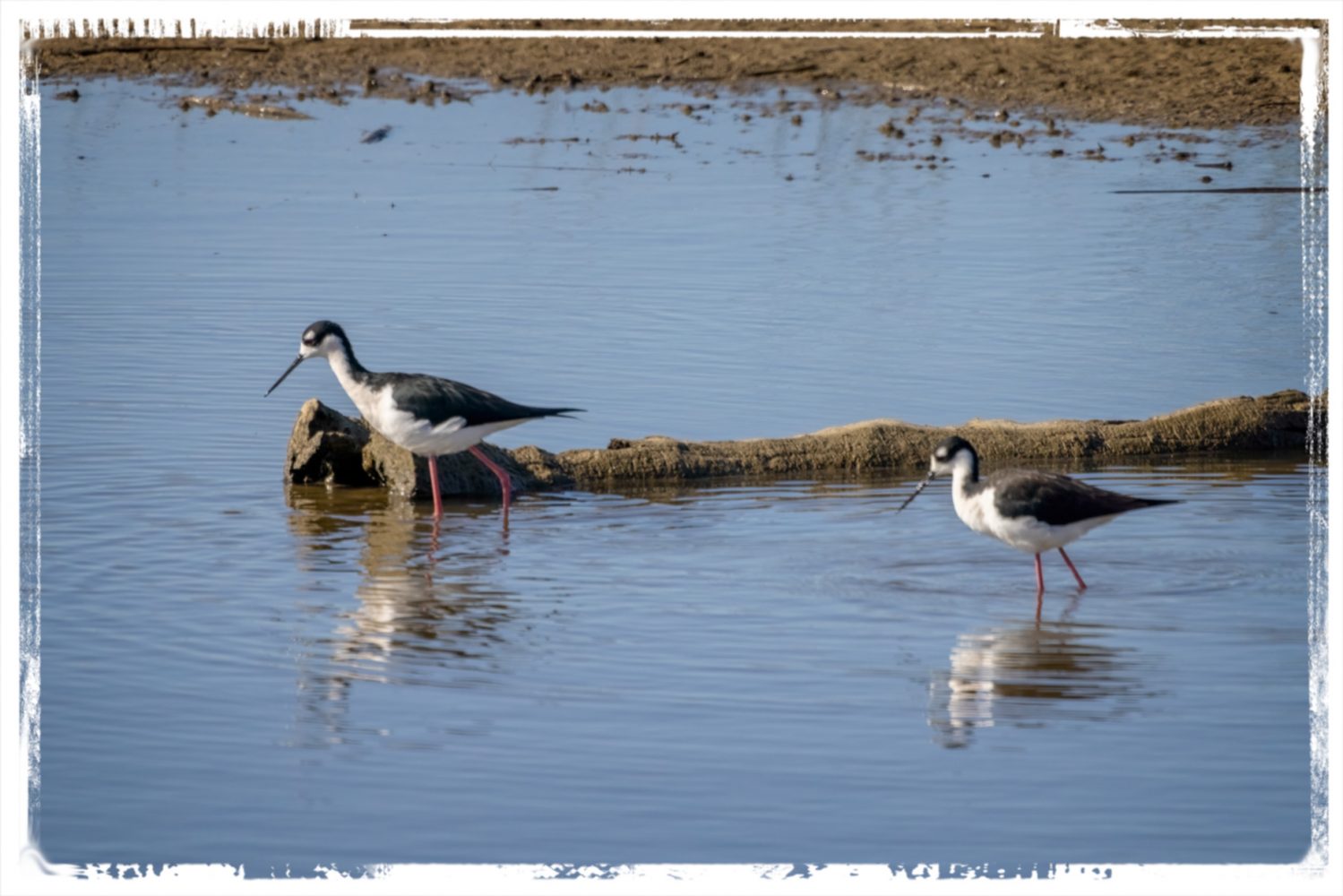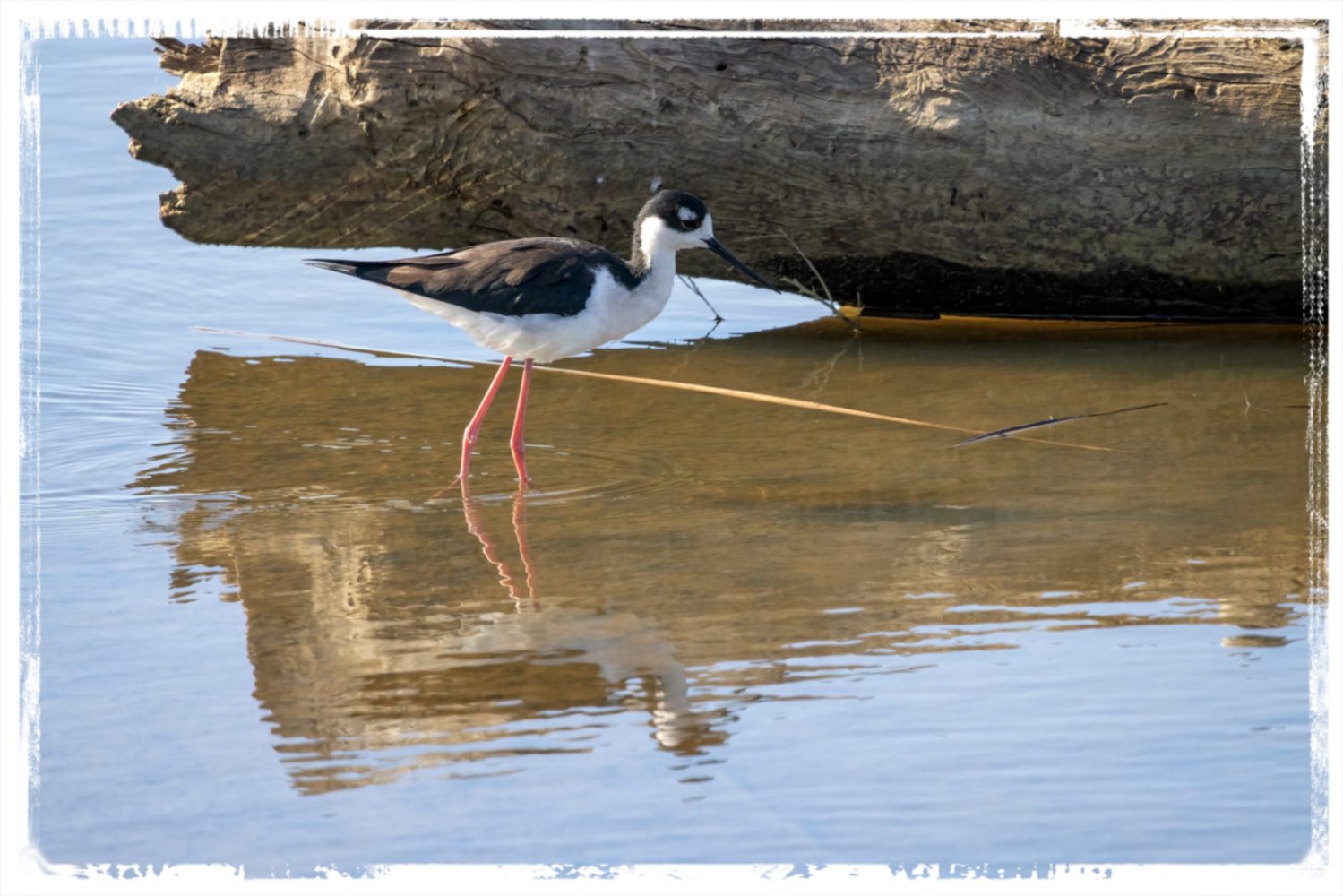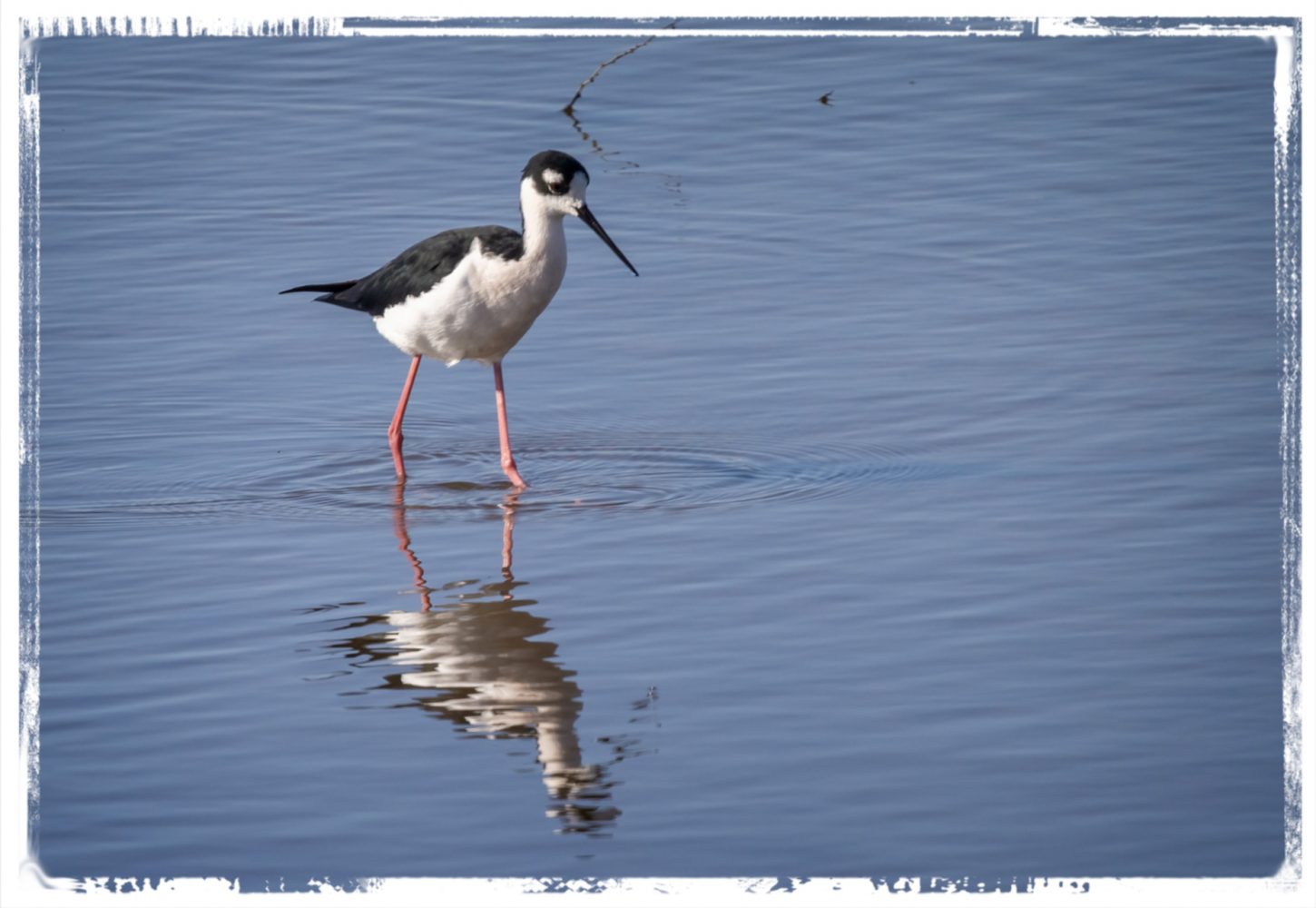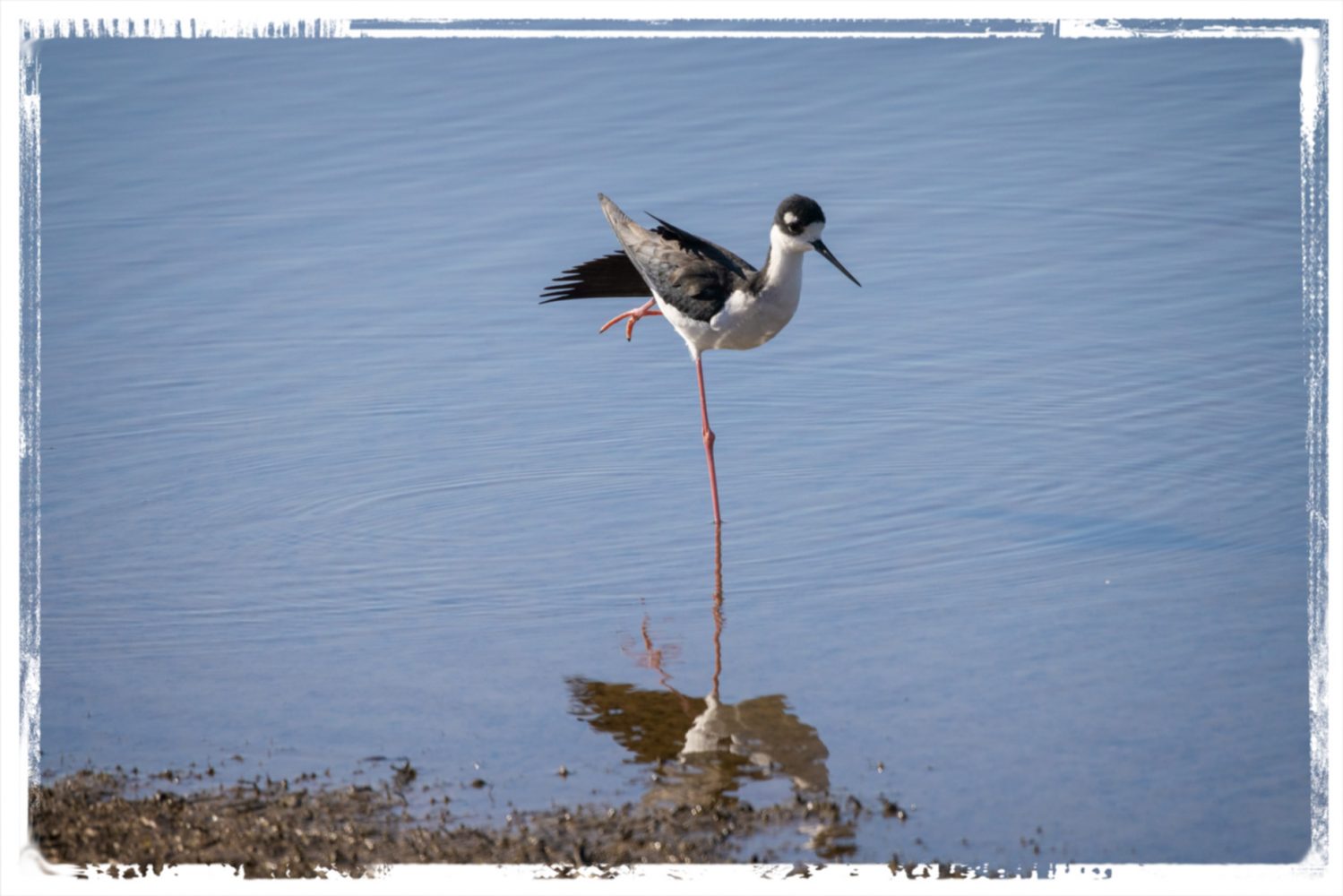Leslie and I just returned from our 3,000-mile, two-week trip to Arizona where we visited my brother Bill and his wife Alice and to California where we visited Leslie’s brother Jeff and his wife Debbie. Of course, I wasn’t up to driving the 1,500 miles to Arizona in one day so we drove 642 miles to Willows, California, on our first day. We probably could have made it to Phoenix in one more day, but I was beginning to stiffen up after 14 hours in the car. More importantly, the Sacramento National Wildlife Refuge was just a few miles away, and I find it difficult to drive by without stopping — even if many of the birds had already left.
In previous years we’ve seen thousands of Snow Geese there, a magnificent sight. We only saw hundreds of them on this visit. Because of the flooding, many of the geese still around were feeding outside the refuge. We did get to see several small flocks up close and personal, though.
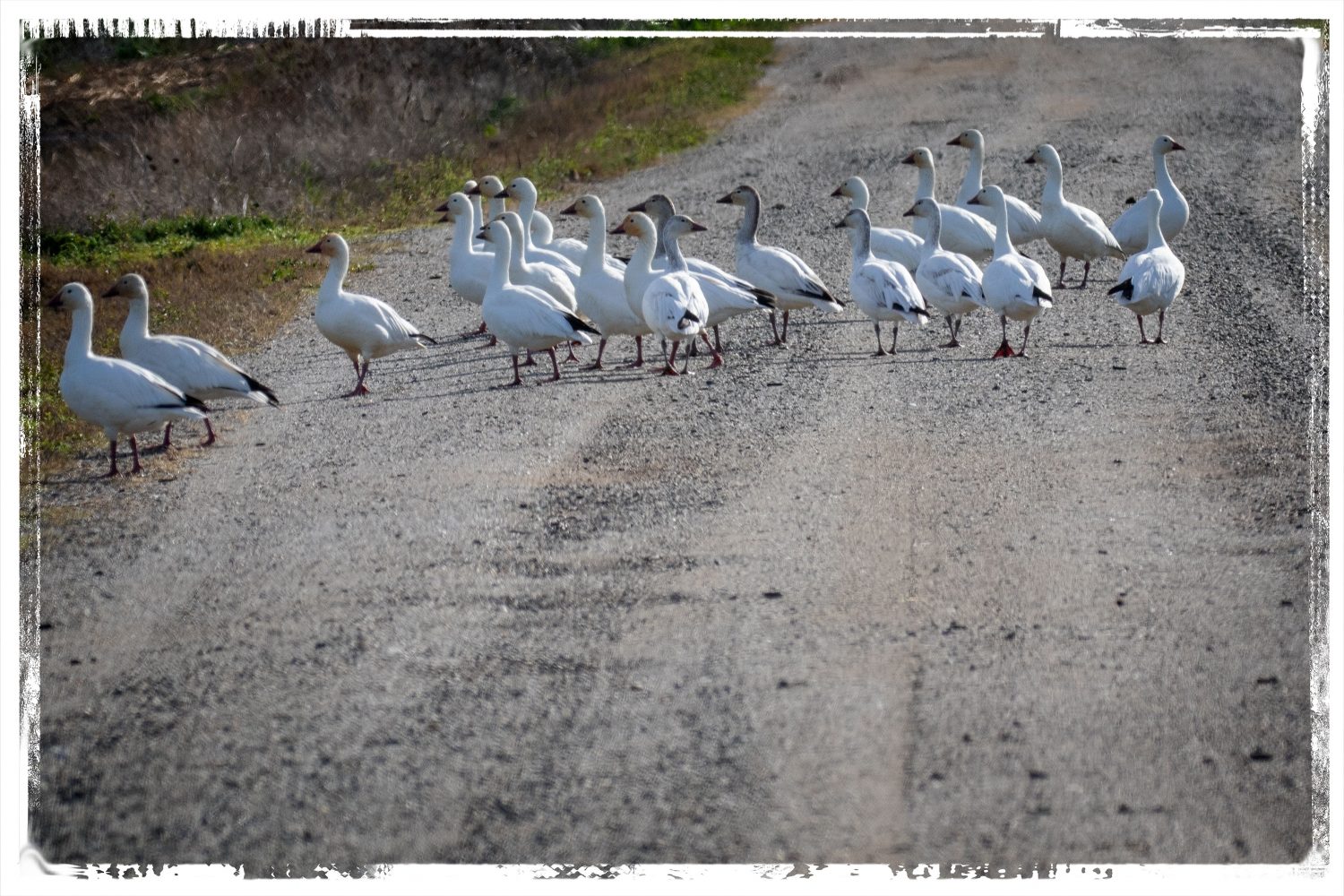
The Snow Geese were obviously used to people, and as the car approached they took off but landed nearby, offering opportunities to catch them in flight, or, if your reflexes aren’t quite as sharp as they used to be, catch them landing
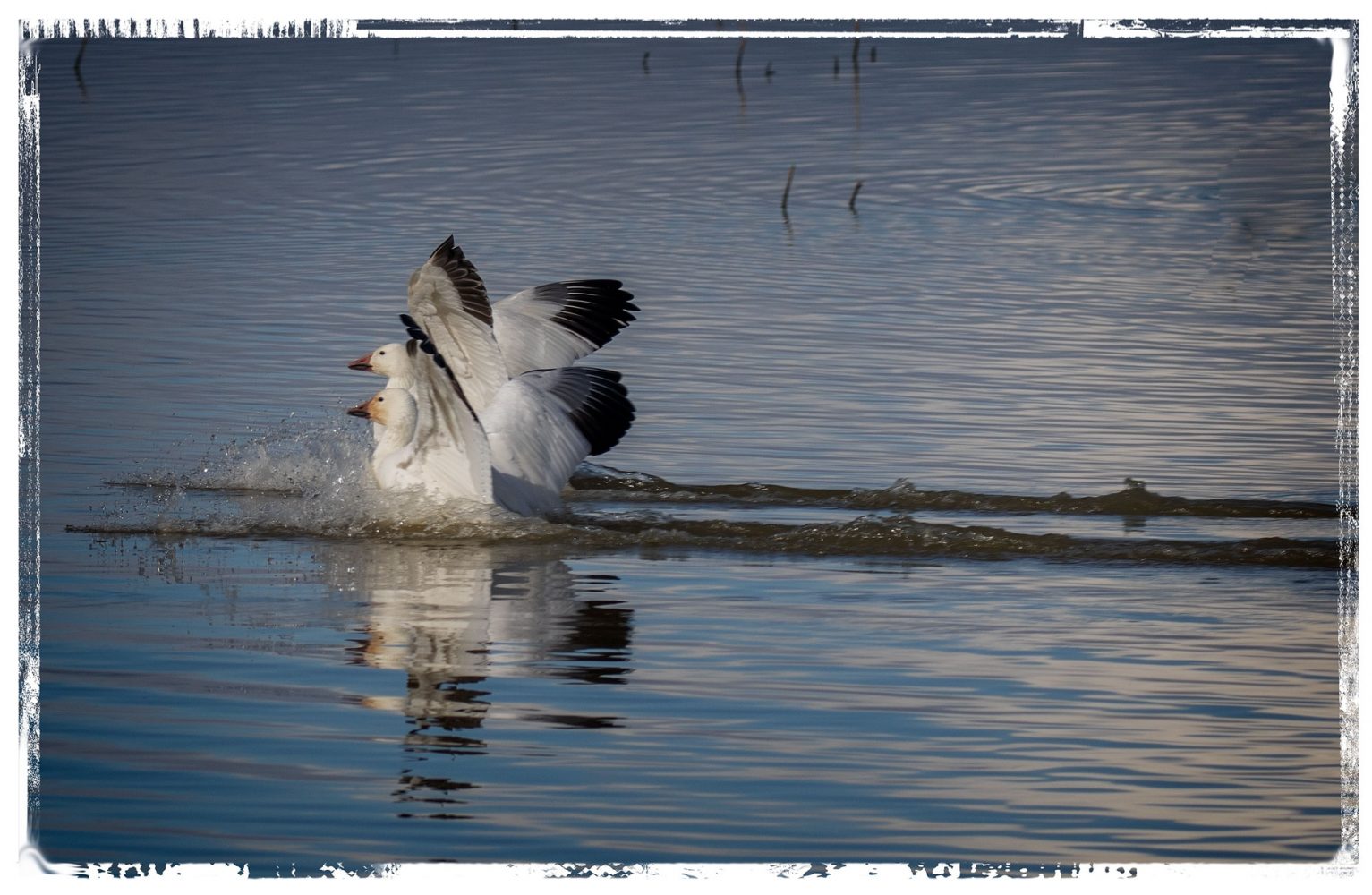
or take a shot of them as they serenely paddle away.
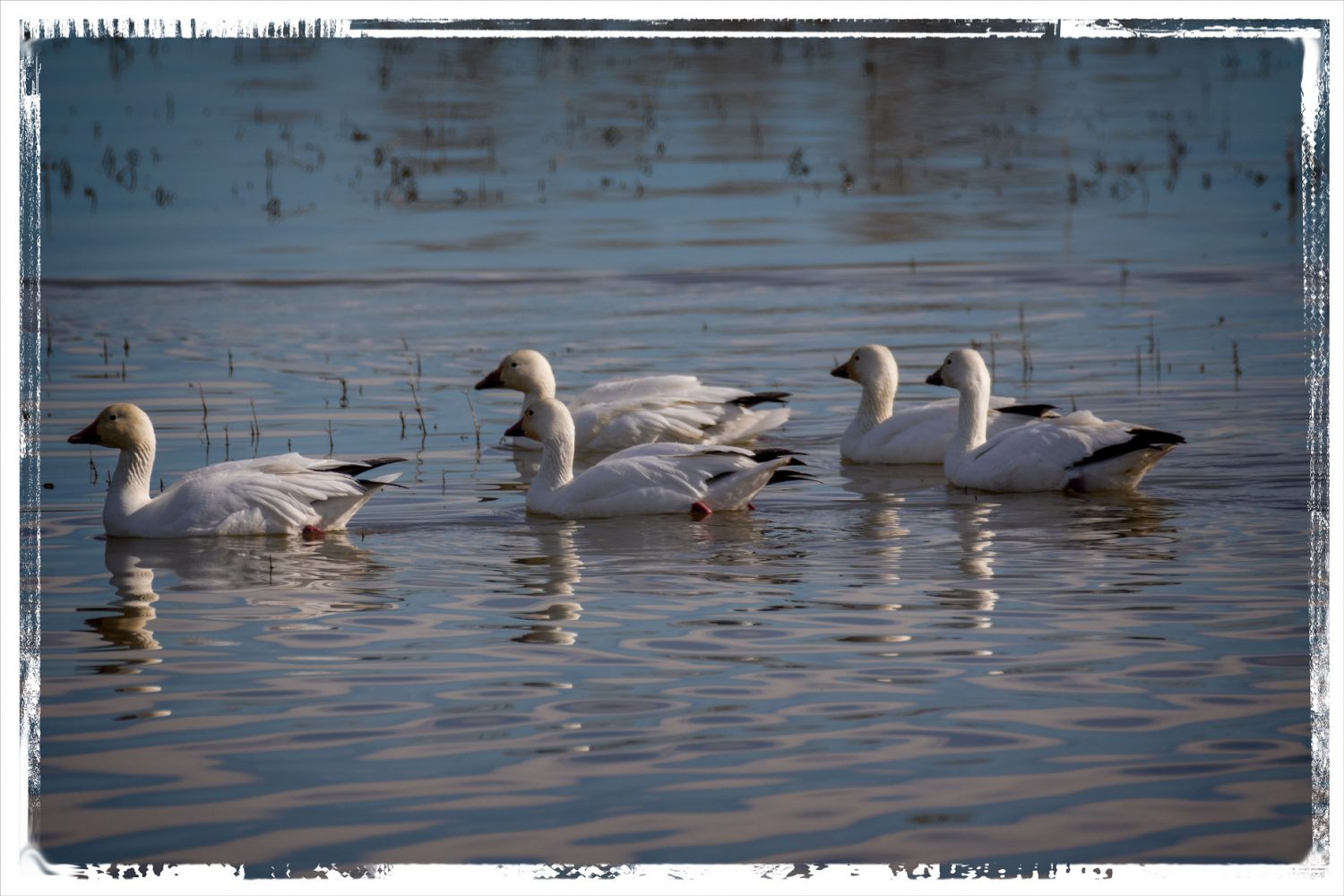
The space vacated by the Snow Geese that had started migrating was apparently filled by large flocks of American Coots. Although seeing American Coot at the refuge is not unusual, I had never seen as many in earlier visits.
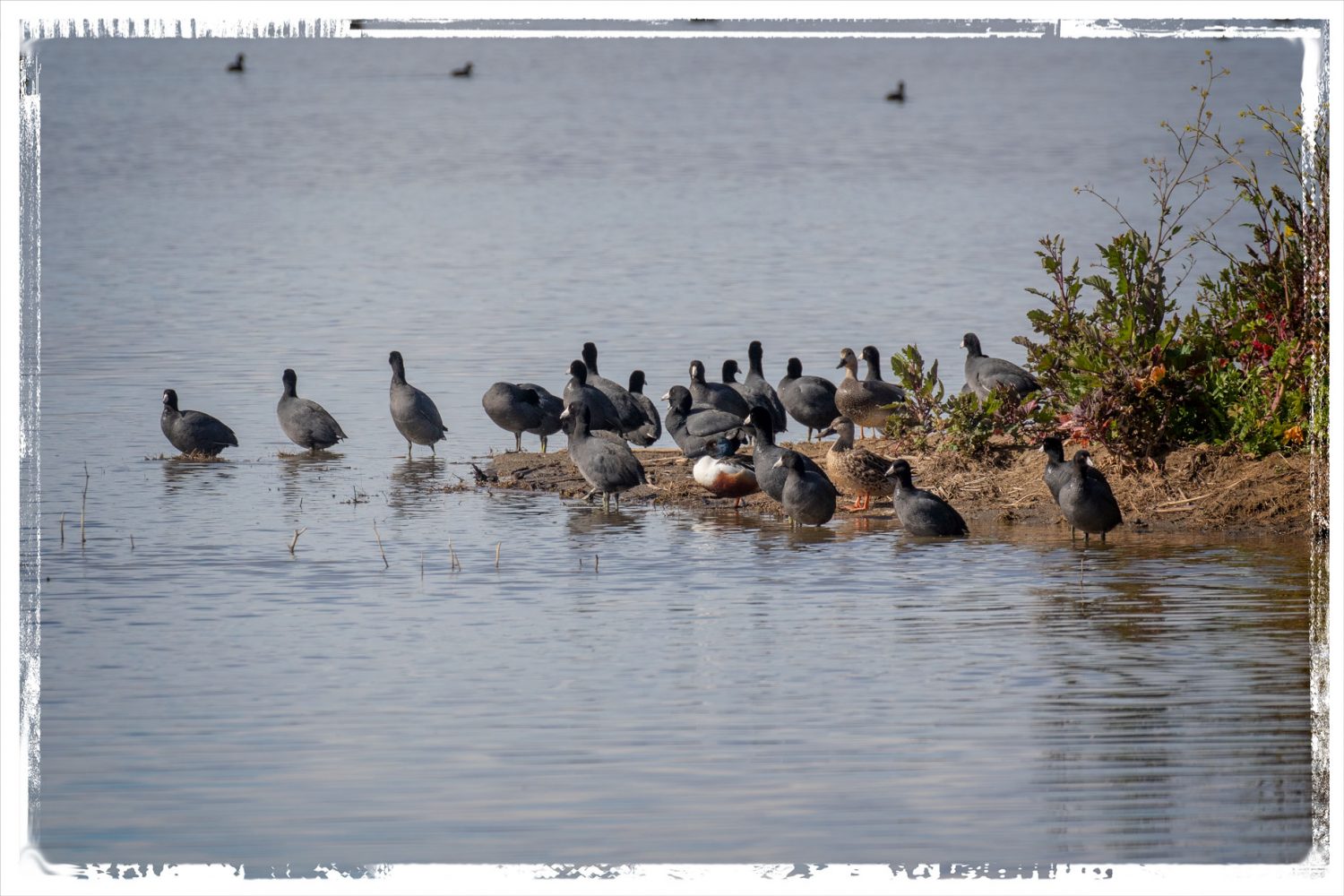
Generally, I overlook American Coots paddling along in the water unless they happen to have a chick with them, but I’m always fascinated with their feet and red-eye when seen close-up on land.
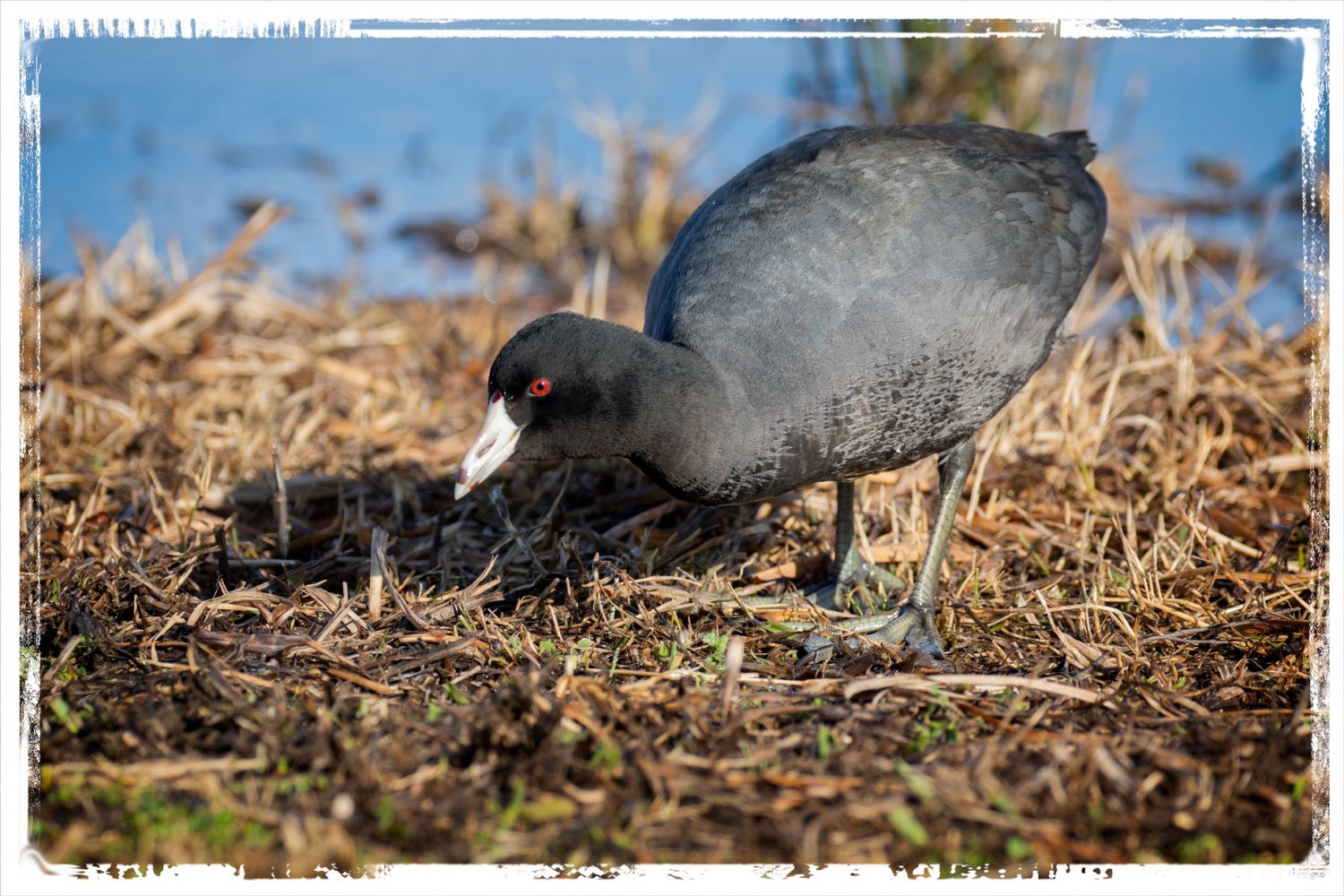
We also saw a huge number of Northern Shovelers on the refuge, again, far more than we have ever seen before. Unfortunately, they don’t seem to flock together when they’re feeding so I had to settle for this shot of one feeding by itself.
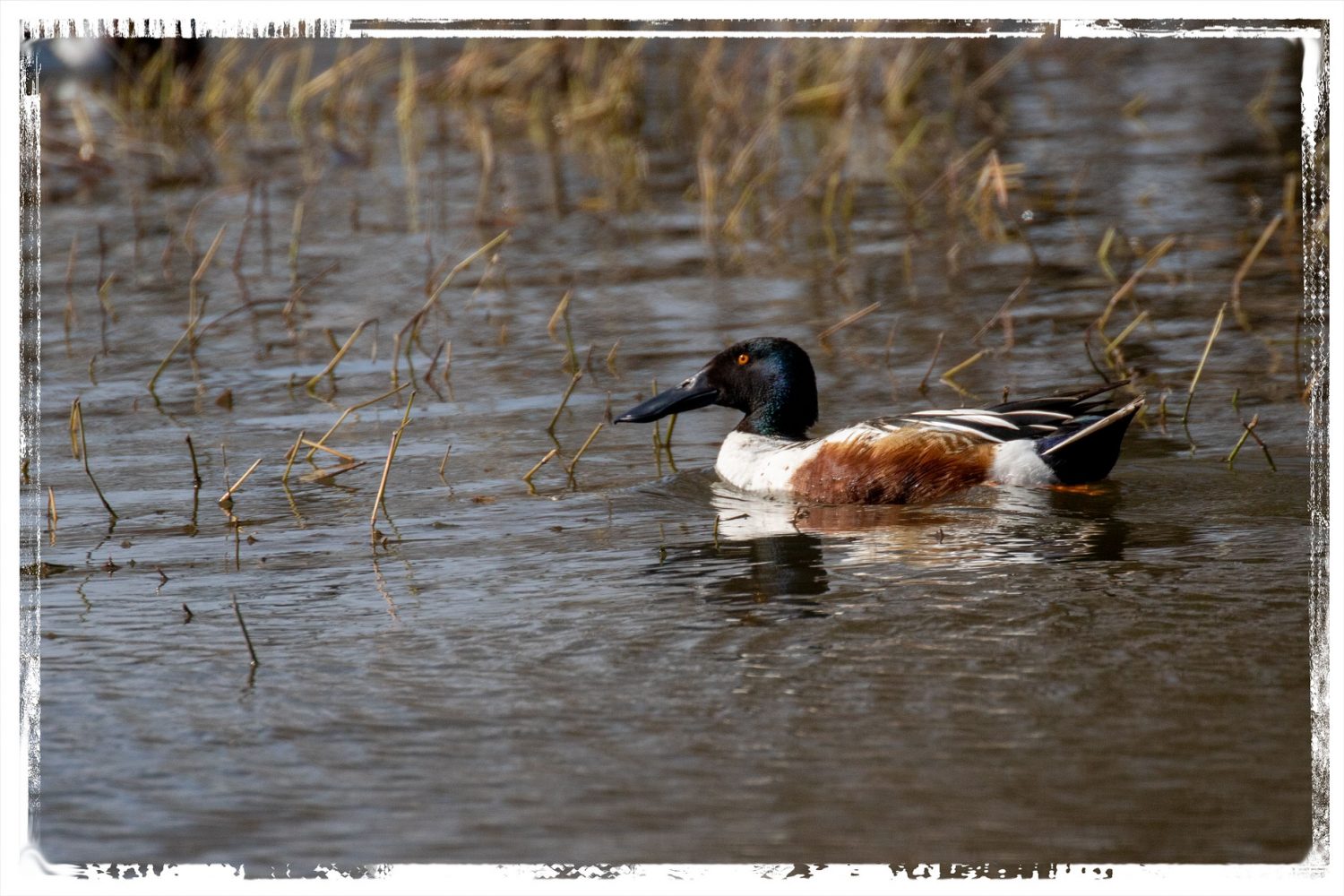
Our visit to the refuge wasn’t as memorable as many others, but it did seem special because it has been so long since we had traveled.

